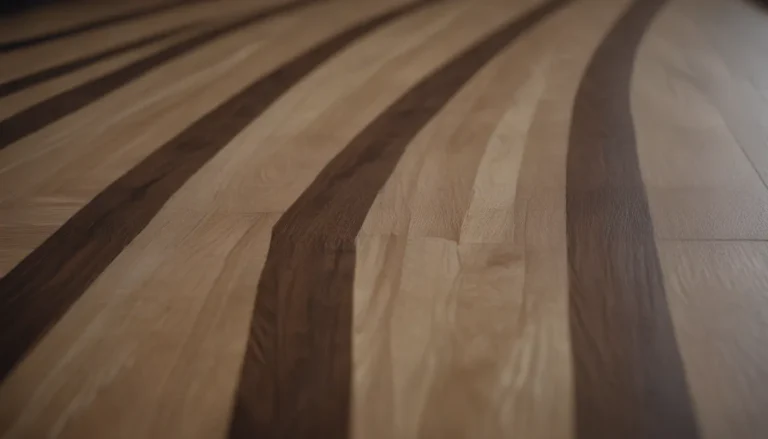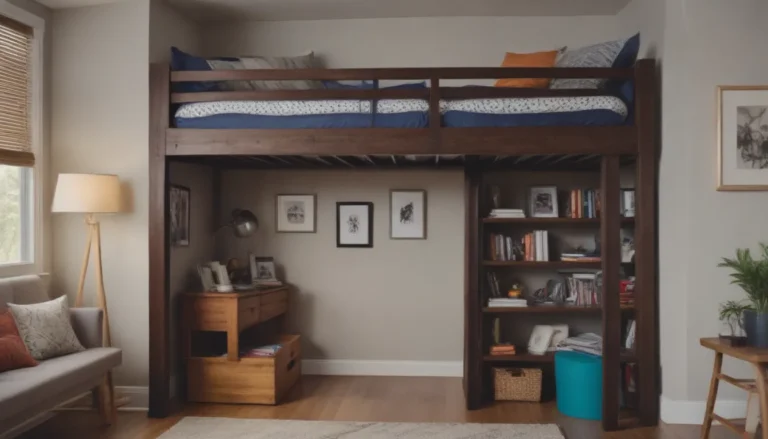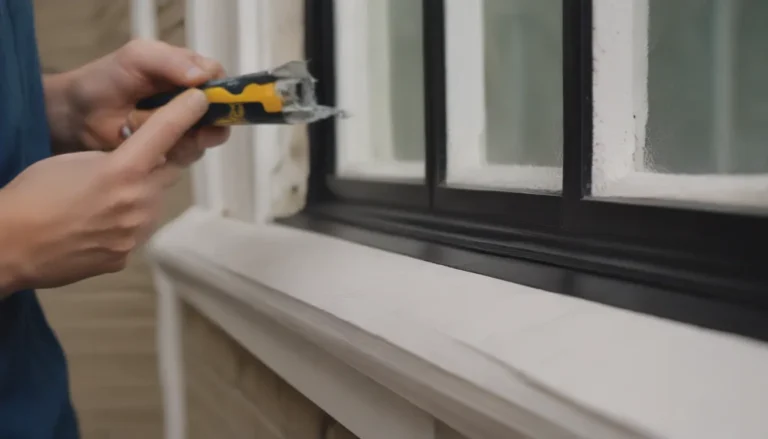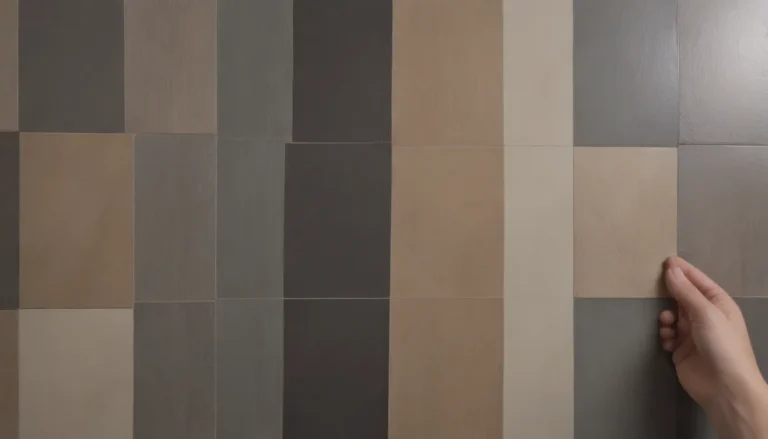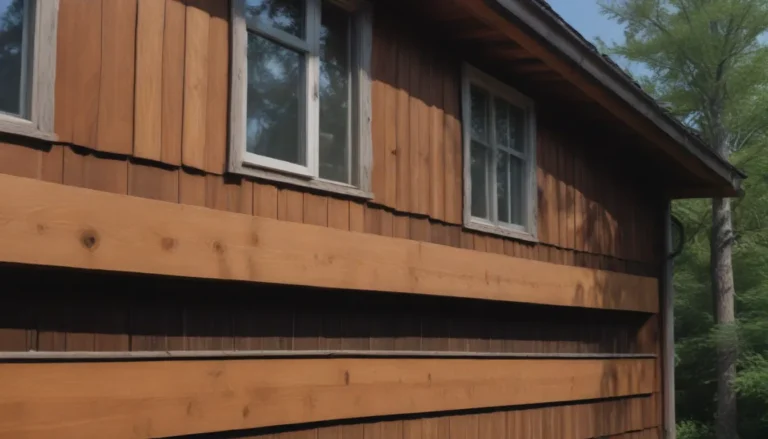The Ultimate Guide to Blown-In Insulation: Everything You Need to Know

Are you looking to upgrade your home’s insulation but don’t want to deal with the hassle of installing traditional batts or rolls? Blown-in insulation might be the perfect solution for you. In this comprehensive guide, we’ll cover everything you need to know about blown-in insulation, including how it works, the benefits of using it, and how to rent a blown-in insulation machine for a DIY project.
What is Loose Fill Insulation?
Loose fill insulation is a type of insulation that comes in small pieces, rather than long batts or rolls. It’s ideal for areas that are difficult to access, such as attics, where traditional insulation methods may not be practical. Loose fill insulation can be made from a variety of materials, including cellulose, fiberglass, or foam. This type of insulation conforms to the objects it surrounds, making it an excellent choice for insulating hard-to-reach spaces.
Benefits of Blown-In Insulation
- Ease of Installation: Blown-in insulation is much easier to install than traditional batts or rolls, especially in areas with obstructions like pipes or vents.
- Uniform Coverage: Because blown-in insulation is delivered through a machine, you can ensure that the insulation is distributed evenly throughout the space.
- Cost-Effective: Renting a blown-in insulation machine is often more cost-effective than hiring a professional insulation contractor.
- Energy Efficiency: Proper insulation can help reduce energy costs by keeping your home cool in the summer and warm in the winter.
How Does an Insulation Blower Work?
An insulation blower is a machine used to distribute loose fill insulation in hard-to-reach areas. The blower is located on the ground outside of the home and consists of a hopper for the insulation, a drive motor or engine, the blower itself, and a hose. The insulation is fed into the blower, where it is broken up and then blown through the hose into the desired space. This ensures that the insulation is distributed evenly and effectively.
Renting an Insulation Blower
If you’re considering a DIY blown-in insulation project, renting an insulation blower is a cost-effective and efficient option. Insulation blowers can be rented from rental yards or home improvement stores. Some stores may require you to purchase the insulation as part of the rental package, but this can often result in a reduced rental rate. With the right materials lined up, you can complete an attic insulation project in as little as one to two days.
Tips for Renting an Insulation Blower:
- Shop Around: Compare rental rates from different suppliers to ensure you’re getting the best deal.
- Ask About Maintenance: Make sure the blower is properly maintained and in good working condition before you rent it.
- Read the Instructions: Familiarize yourself with the operation of the insulation blower before starting your project.
Rates for Blown-In Insulation Rentals
Here are some sample rates for renting a comparable insulation blower from a rental yard versus a home improvement store:
- Rental Yard: Blower rental only / Blower rental with insulation purchase package
- Home Center: Blower rental only / Blower rental with insulation purchase package
By comparing rates and rental packages, you can determine the most cost-effective option for your blown-in insulation project.
Renting vs. Purchasing an Insulation Blower
For most DIYers, renting an insulation blower is the best option. However, if you plan to use the machine frequently or are a professional contractor, purchasing may be worth considering. High-quality insulation blowers can push large volumes of insulation quickly and efficiently, but they come with a hefty price tag. Consider your long-term insulation needs and project requirements before deciding whether to rent or buy an insulation blower.
Types of Insulation Blowers:
- Intec Force 1: A cost-effective option with lower capacity and volume specs, perfect for small DIY projects.
- Intec Force 2: A higher-capacity model with wheels for easy transportation, suitable for larger projects.
- Heat-Seal 5500: A top-of-the-line blower with high capacity and speed, ideal for professional contractors.
When choosing an insulation blower, consider the volume of insulation you’ll need, the type of material you’ll be using, and the level of portability required for your project.
Wrapping Up
Blown-in insulation is a convenient and cost-effective way to improve your home’s energy efficiency and comfort. By renting an insulation blower and tackling the project yourself, you can save money and ensure that your insulation is installed properly. Whether you’re insulating your attic, walls, or other hard-to-reach areas, blown-in insulation is a practical solution for homeowners looking to upgrade their insulation. With the right tools and knowledge, you can transform your home into a more energy-efficient and comfortable space.
